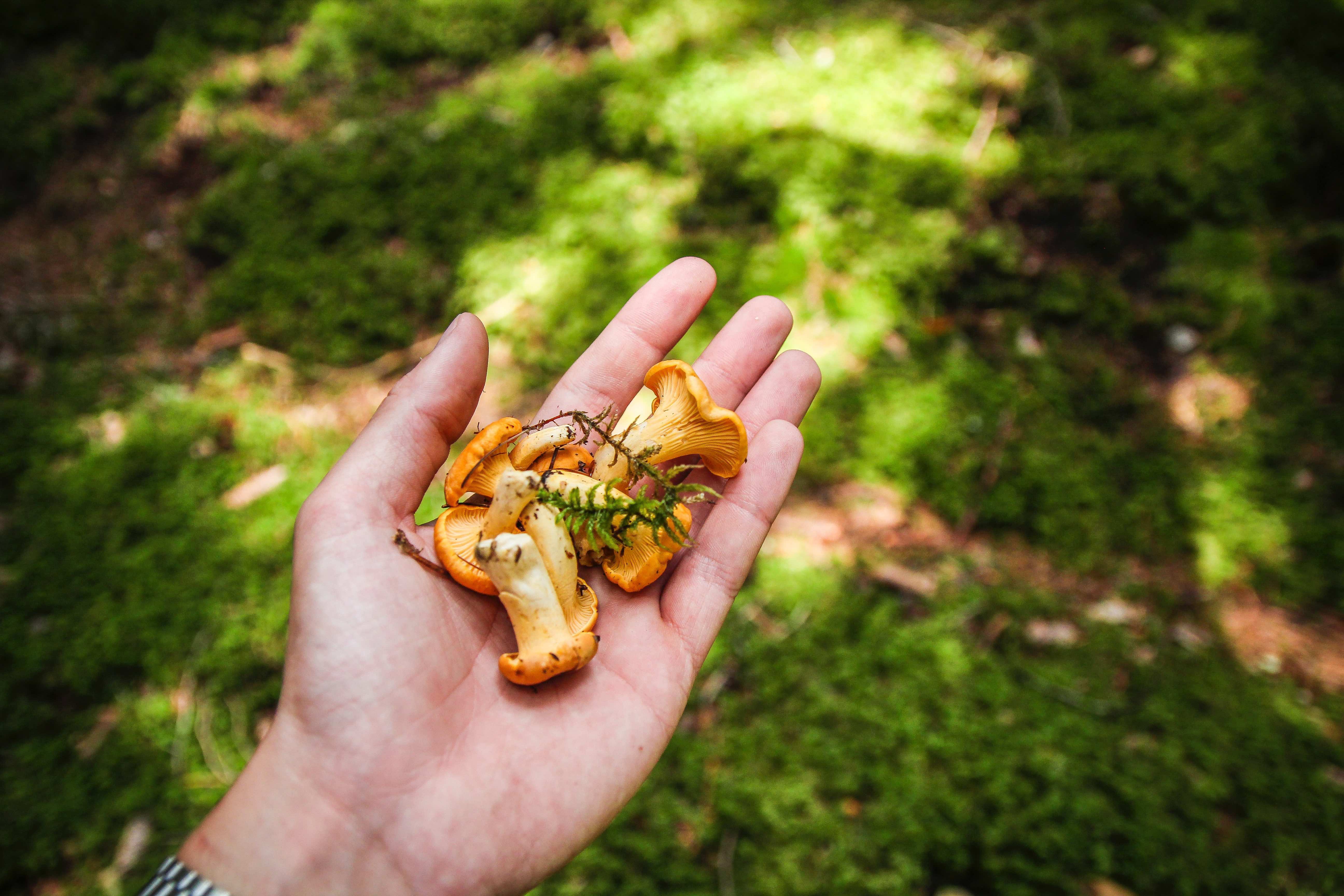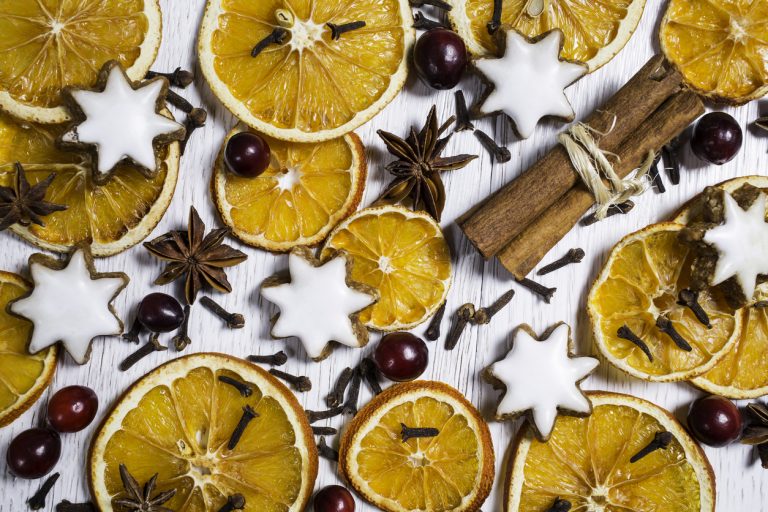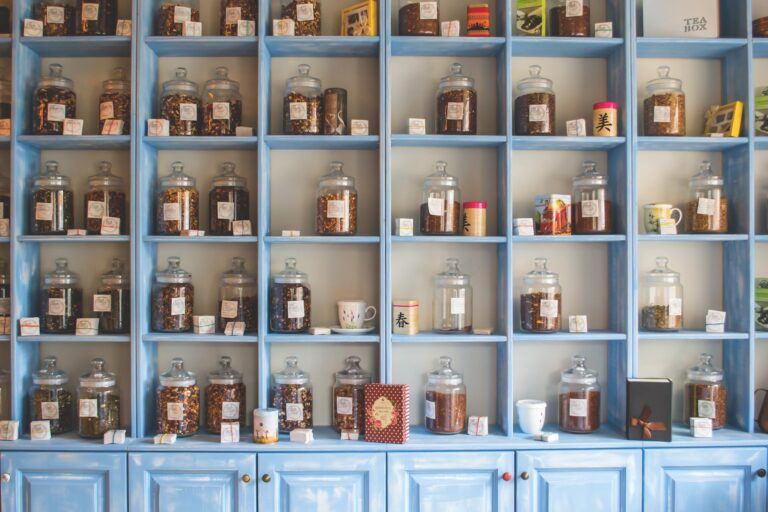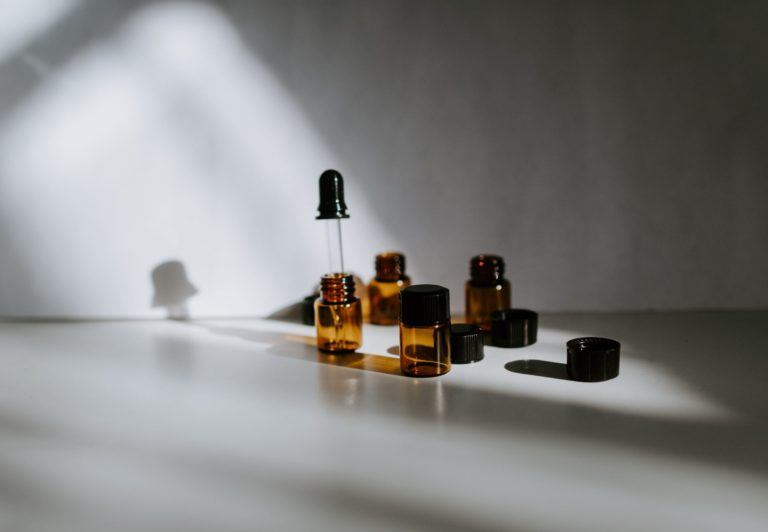Among the vast trove of remedies in the pharmacopoeia of traditional Chinese medicine, some of the most revered medicinals are not plants, but fungi.
Reishi, maitake, cordyceps, and turkey tail are quickly becoming all the rage as the latest superfood trend. In Chinese medicine, however, the use of medicinal mushrooms dates back to some of the first medical texts on record. For example, reishi’s reputation as a powerful medicine dates back to about 200 AD in the great classic herbal text, the Shen Nong Ben Cao. The author of the text noted that its powers lay not only in its healing potential, but in its agreeable nature: unlike most other natural medicinals, reishi can often be taken for long periods of time without any toxic side effects.
Modern science is just now just beginning to discover the mechanisms behind this legendary fungus. Along with maitake, cordyceps, and turkey tail, reishi appears to be an immunomodulator. Which means that it can help to boost the immune system: either during a bacterial infection, or by calming it down in cases of over activity during an autoimmune and/or allergic reaction.
While scientists have been working to uncover the specific biomechanisms behind the potential of these fungi, traditional Chinese medicine already has a system in place to guide the appropriate application of each of these healing mushrooms. Using the same theories that guide our selection of acupuncture points during a treatment, we can assign patients with the best match of medicinal mushroom. We feel the patient’s pulses and find patterns in their symptom presentation to help us identify the appropriate prescription.
One of the most important considerations with medicinal mushrooms is sourcing. In Chinese medicine, the quality of natural medicine is dependent on both where and how it was cultivated. This is especially true of mushrooms as fungi are nature’s great composters. They are built of the plants and animals they grow atop of. Over the centuries, Chinese medicine has developed standards that guide the cultivation of the best quality medicinal mushrooms. Many of these standards stay constant, but as times change cultivation has also evolved. A great example of this evolution is the cultivation of cordyceps. These mushrooms are of such fame that they’ve become both endangered and embroiled in social controversy. However, in recent years new solutions have been devised for the ethical and effective cultivation of cordyceps.
It’s exciting to see medicinal mushrooms suddenly coming into the spotlight but the rapid ascent to mass popularity has lead many people to jump into the production, marketing, and consumption of mushrooms without a full appreciation of their nuances. A licensed Chinese medicine herbalist can be a great resource in assessing the best way for you to incorporate medicinal mushrooms into your wellness routine. At the Yinova Center all of our acupuncturists are also state licensed herbalists, and would be more than happy guide you. If you’re not in New York, however, and would like some help finding a licended practitoner and herbalist who can help you, you may want to check out this blog post filled with our tips on how to find an amazing practitioner closer to where you are!
Cover Photo by Nico Benedickt on Unsplash




